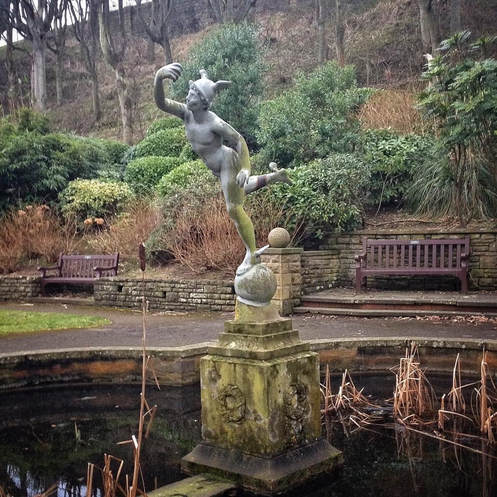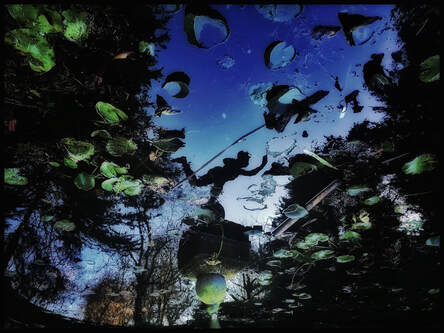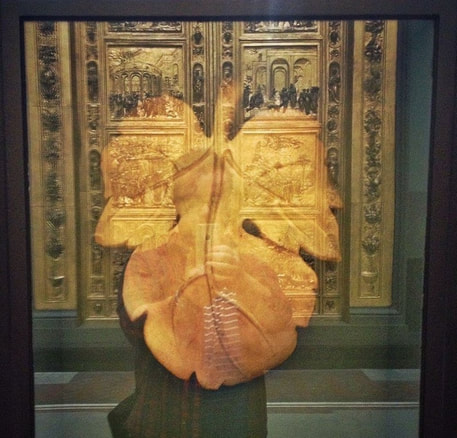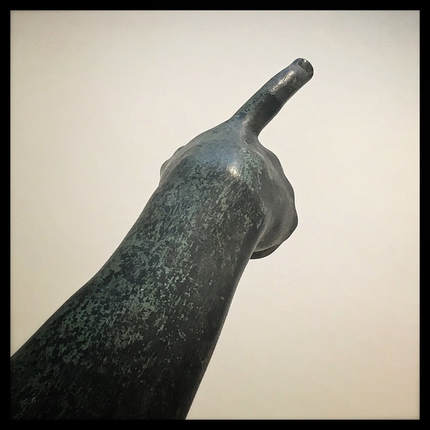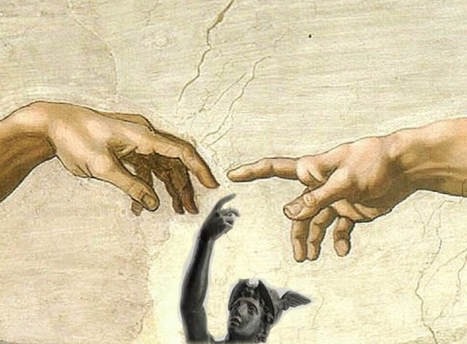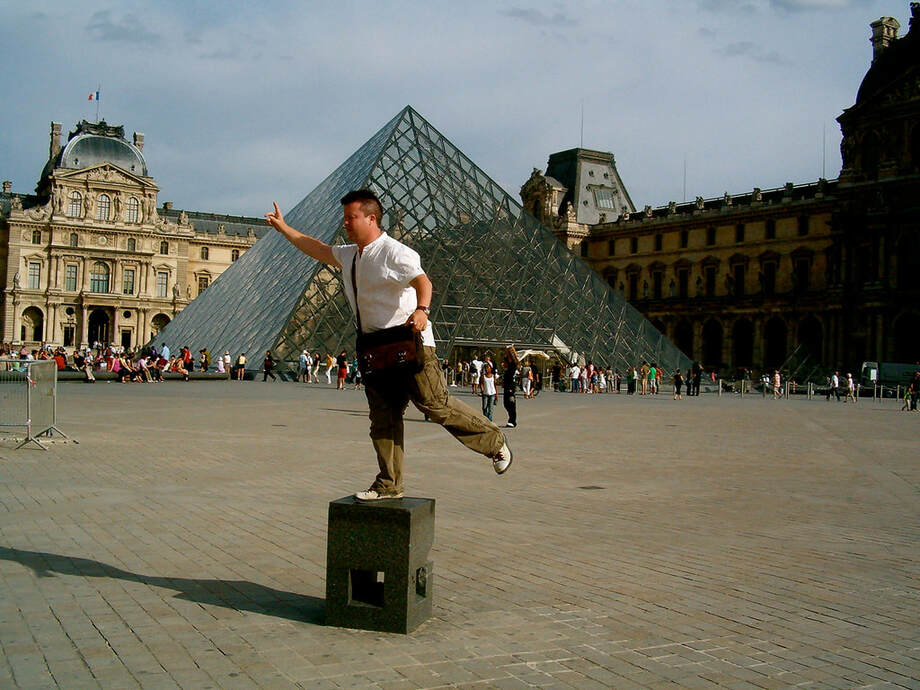The Mercury Finger
 Mercury Bronze, Leeds City Art Gallery
Mercury Bronze, Leeds City Art Gallery
At the centre of Scarborough’s Italian gardens on the South Cliff is a statue of Mercury. This statue is a replica of a 16th century original by the celebrated Flemish sculptor Giambologna. The original statue of Mercury was made in 1580 to decorate the fountain of the sumptuous garden at Villa de Medici in Rome. It was moved to Uffizi Museum In Florence in 1780 and then moved to the Bargello National Museum in Florence in 1865. It is the most celebrated statue by Giambologna; the master of the bronze miniature in the Late Renaissance style.
After the original sculpture was made, casts from the original moulds were used by the Heritage Marinelli Foundry in Italy to reproduce official copies when the sculpture became popular in the 19th Century after it was put on display to the public at the Bargello National Museum.
The original Mercury statue was made as a diplomatic gift for the Holy Roman Emperor Maximilian II who considered Mercury his personal protector. Coins issued during the reign of Maximilian ll have the image of mercury which Giambologna based the pose of his Mercury statue.
The statue in its original setting at the Villa de Medici is set on a ‘mandala’ shaped pond, and this shape has been copied in the style of the ponds in the Italian Gardens and Peasholm Glen where Scarborough’s Mercury statues are located.
The original Mercury was intended to be set in water around a Zephyr carved at the base, to give an airy floating aspect to the heavy bronze material of the statue; kept afloat by the wind- so to speak. The replica in the Italian Gardens originally had a golden caduceus wand or staff, a symbol used in classical antiquity and alchemy to symbolise transformation, commerce and good trades.
Even though the statue was said to be donated by Alfred Shuttleworth a business man who lived nearby at Red Court, the statue could have originally been collected by the Alderman George Lord Beeforth a neighbour of Shuttleworth. Beeforth was a successful art dealer who specialised in Italian paintings and sculpture and could have originally procured the statue for Shuttleworth. Beeforth lived at The Belvedere, the grand building at the top of the Esplanade, and Belvedere Gardens which now form part of the Italian Gardens, were part of the extensive grounds of his house, linked with his house by the private underground passageway, that runs under the Esplanade.
The statue of Mercury itself stands, poised on the right foot, assuming an ‘arabesque’ pose. Mercury on the original statue is carried on a Zephyr who is blowing a gentle favourable westerly breeze beneath the feet of Mercury while he points his index finger upward to Jupiter, the Supreme God in the Roman pantheon.
Mercury’s sculptor, Giambologna said that his statue was influenced by Andrea del Verrocchio’s sculpture of Putto and the Dolphin. Verrocchio famously mentored Leonardo da Vinci. Giambologna’s Mercury statue mirrors the arabesque pose of Verrocchio’s Putto and the Dolphin. Giambologna made four versions of his statue of `Mercury and the replica statue in Scarborough is similar to the version in the Louvre Museum in Paris.
Giambologna was also influenced by Michelangelo and the statue of Mercury pointing to Jupiter is thought to reflect the hand and finger pose seen in Michelangelo’s “The Creation of Adam” in the Sistine Chapel. The theme, inspired by the medieval hymn, "Veni Creator Spiritus" which asks the “finger of God’s right hand” (digitus paternae dexterae) to be given to the faithful; God's right arm is outstretched to impart the spark of life through the finger of Adam, and in the case of the statue of Mercury, to his father Jupiter. In palmistry the index finger of the right hand is the ‘Jupiter finger’ and immediately below the index finger on the palm is the ‘Mound of Jupiter’ the prominence of this area of the hand is said to be an indicator of success in trade.
The statue in the Italian Gardens is missing the finger, possibly because it is cast from one of four variations of the original statue by Giambologna, perhaps a version that depicts Mercury carrying something in his right hand?
The Zephyr beneath the feet of Mercury on the Scarborough statue has been replaced with a football and Mercury’s modesty is also politely covered with a fig leaf, a necessary formality for polite society in the 19th century. For example, when the seventeen foot casting of Michelangelo’s David was presented to Queen Victoria in 1857 by the Grand Duke of Tuscany, a two foot fig leaf was swiftly commissioned to cover David’s modesty. This idea of using fig leaves to cover the genitals of naked statues and paintings originates from the Bible. Adam and Eve after being banished in their shameful nakedness from the Garden of Eden clothe themselves with vine from the fig tree. The giant fig leaf for David is no longer displayed on Michelangelo’s statue but it can still be viewed in its own case, at the back of the statue’s plinth in the Victoria and Albert Museum.
DavWhiteArt

